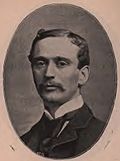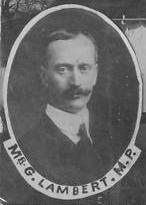Boundaries
1885–1918: The Municipal Borough of South Molton, and the Sessional Divisions of Crediton, Great Torrington, and South Molton.
1918–1950: The Municipal Boroughs of Great Torrington, Okehampton, and South Molton, the Urban District of Crediton, and the Rural Districts of Crediton, Okehampton, South Molton, and Torrington.
This page is based on this
Wikipedia article Text is available under the
CC BY-SA 4.0 license; additional terms may apply.
Images, videos and audio are available under their respective licenses.


